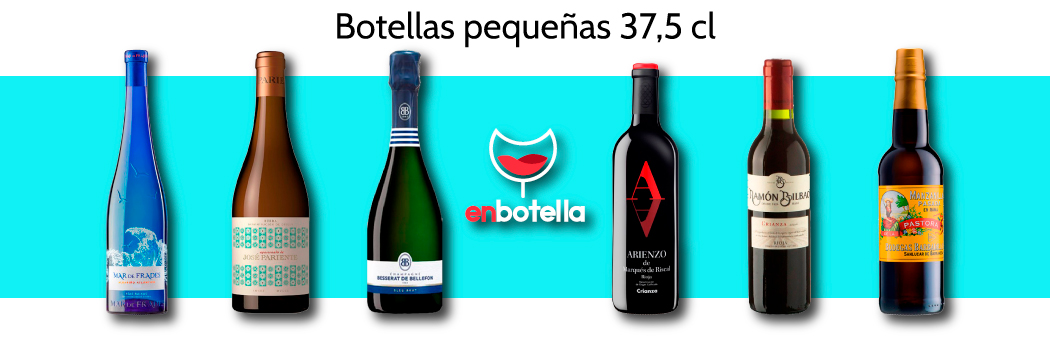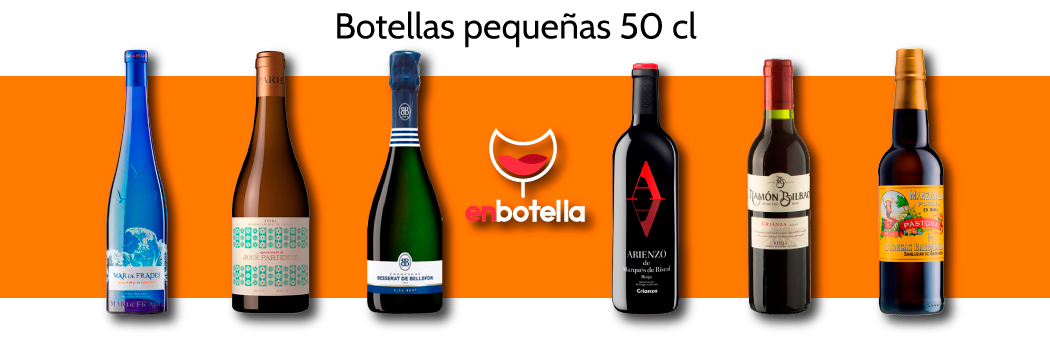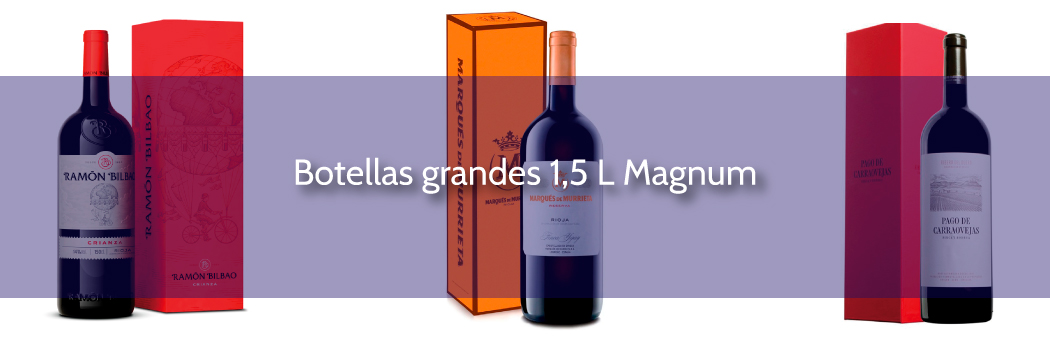8 green wine obligatory
What is Verdejo?
It is a variety that stands out for its fruity aroma, with herbaceous and floral touches, as well as an outstanding freshness.
Whether made 100% or in coupage with Sauvignon Blanc or Chardonnay.
Planted mainly in the northwest of the peninsula, since the beginning of the 21st century it has become one of the favourite wines of Spanish consumers.
It gives rise to moderately alcoholic wines, of medium acidity, although its structure and nuances, as well as its chromatic and aromatic aspect, may vary depending on whether it is made with fermentation in barrels, with lees work or in its more direct and young versions directly in stainless steel tanks.
In the past, it was used for the production of fortified wines, together with the Palomino variety.
The first of the 8 essential Verdejo wines is:
- Jose Pariente Verdejo 2019
One of the great white wines of Spain, a winery that is representative of this variety and which extols all the characteristics of the Verdejo.
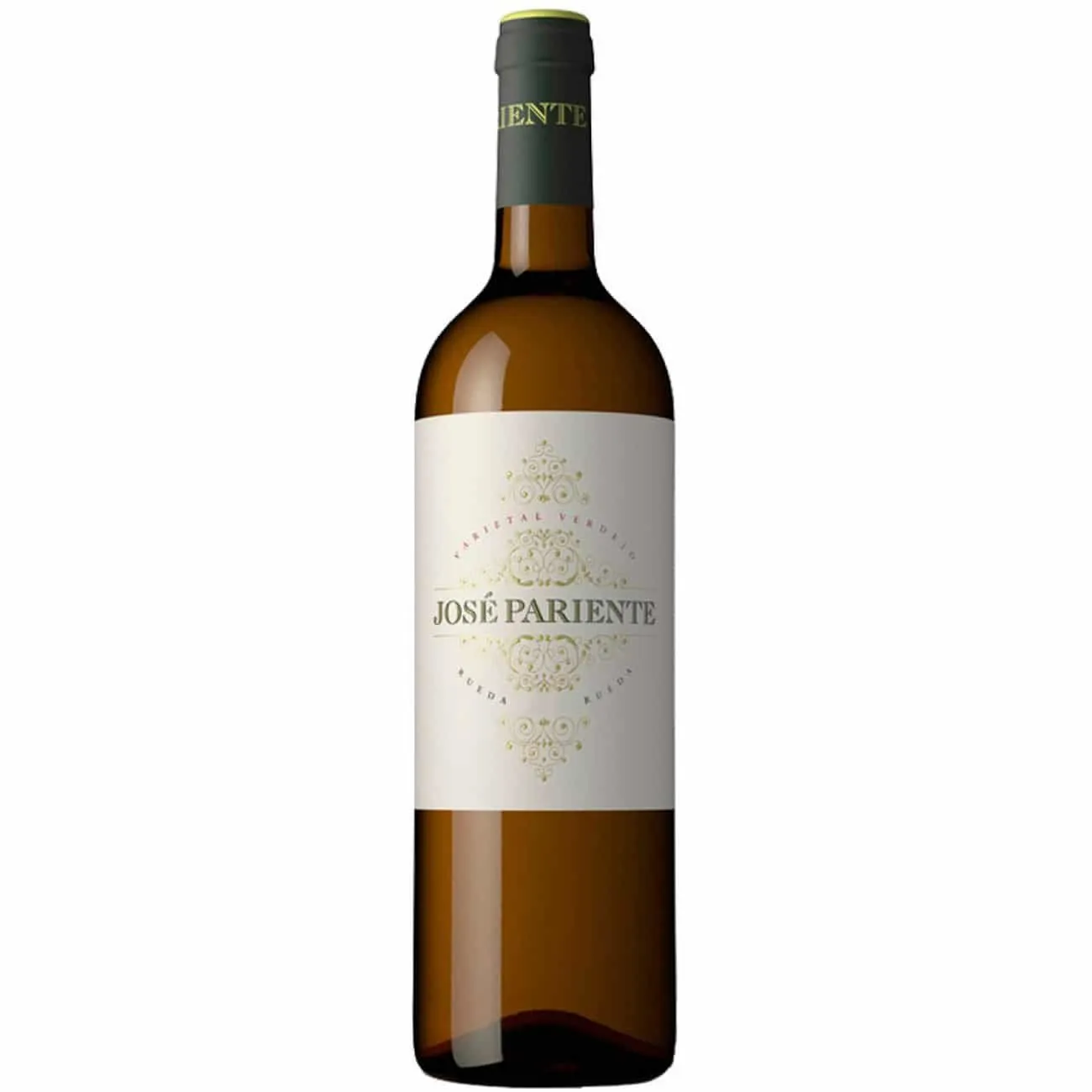
Do I want a Verdejo or a Rueda?
When we talk about Verdejo we think of Rueda, but we must separate these two concepts.
This creates a lexicalisation in which the grape variety is confused with the designation of origin.
This white grape variety is native to the Rueda area, which covers the provinces of Valladolid, Avila and Segovia. A denomination of origin characterised by its altitude, between 700 and 800 metres, with a continental climate marked by harsh, long winters, short springs and very hot, dry summers. Verdejo is widely grown here, due to its good adaptation to the climate and the sandy soils covered with boulders.

The appellation was created in 1980, but it was from the 2000s onwards that the Spanish public's preference for white wines increased and this led to the development of more and better wines with this variety.
But in Rueda we find other white varieties such as Palomino Fino, Sauvignon Blanc or Viura.
And on the other hand we can find in other designations of origin or regions the Verdejo variety, such as Castilla La Mancha, Extremadura, Borja, Catalonia.
Therefore, a Verdejo wine does not always have to be from Rueda, nor does a wine from Rueda necessarily have to be Verdejo.
2. Perplejo 2019
The Bodega Alvarez Diez is a clear example of those wineries in Rueda whose production of its Verdejo Perplejo has been perfectly adapted to the consumer's taste. The wine produced together with the Wineissocial sommelier team has a light ageing in lees that gives the wine more creaminess.
Sherry style wine with a reference in organic verdejo wines
When talking about pioneers in this region, we must highlight Bodega Marqués de Riscal. In the early 1970s, Marqués de Riscal decided to add a white wine to their product range. After two years they chose the Rueda region where they built their second winery.
Loyal to its pioneering spirit, Marqués de Riscal created a new young, fresh and fruity white wine in this region famous for its Jerez-style amontillados and olorosos. Other wineries followed Marqués de Riscal's example and in 1980 the Rueda appellation was created.
The Rueda appellation is one of the few European wine regions specialised in white wine production and in the protection and development of its native grape variety, the Verdejo.
In recent years Marqués de Riscal has once again taken a first step in the production of organic wines. Respect for the environment, the native fauna and the ecosystem makes the cultivation more sustainable and extends the life of the vineyards as a future guarantee of the quality of the wine, are the pillars on which this philosophy is based, which supported by the adaptation to climate change gives rise to our third Verdejo.

3. Marqués de Riscal Organic Verdejo 2019
The absence of fungicides greatly enhances the spontaneous fermentations with delicate indigenous yeasts, so the primary character of the grape variety is much more present in the wines, they are more original and authentic.
Other alternatives to the fresh and vibrant Verdejo
We have already mentioned that Verdejo has become an indispensable wine for aperitifs due to its freshness, acidity, lightness, fruity and floral aromas.
But what do we do with the lovers of this variety, who are looking for more structure, more complex aromas and more gastronomic wines?
Two perfect options are the verdejos with lees and the barrel-fermented ones:
We can't forget about the Verdejo wines with lees.
Some producers choose to give more complexity to the verdejo by leaving the wine after alcoholic fermentation in contact with its lees (dead yeasts), this system generates wines with a more unctuous structure and more complex aromas and flavours, going from fresh fruit to more evolved fruit. The technique used is batonnage, in which the lees are stirred by means of a stick or rod and deposited at the bottom of the ageing vessel and this stirring causes the lees to mix with the wine, thus giving it the aforementioned characters.

4. Ramon Bilbao limited edition lees
Another giant from Rioja that has found in Rueda a perfect place to produce its verdejos and this limited edition lees shows us that richness of the whites worked with battonage.
Other producers use barrel fermentation to give their verdejos more complex aromas with toasted touches, as well as a rounder texture. It is usual to use oak containers with several uses so that this contribution to the white wine is not excessive as it could eliminate the main fruity and floral characteristics of the Verdejo grape, the periods in oak are not very long for the same reason.
5. Protos fermented in barrel
Fermentation in French oak barrels, half new half one year old, plus a contact with its lees for 6 months.
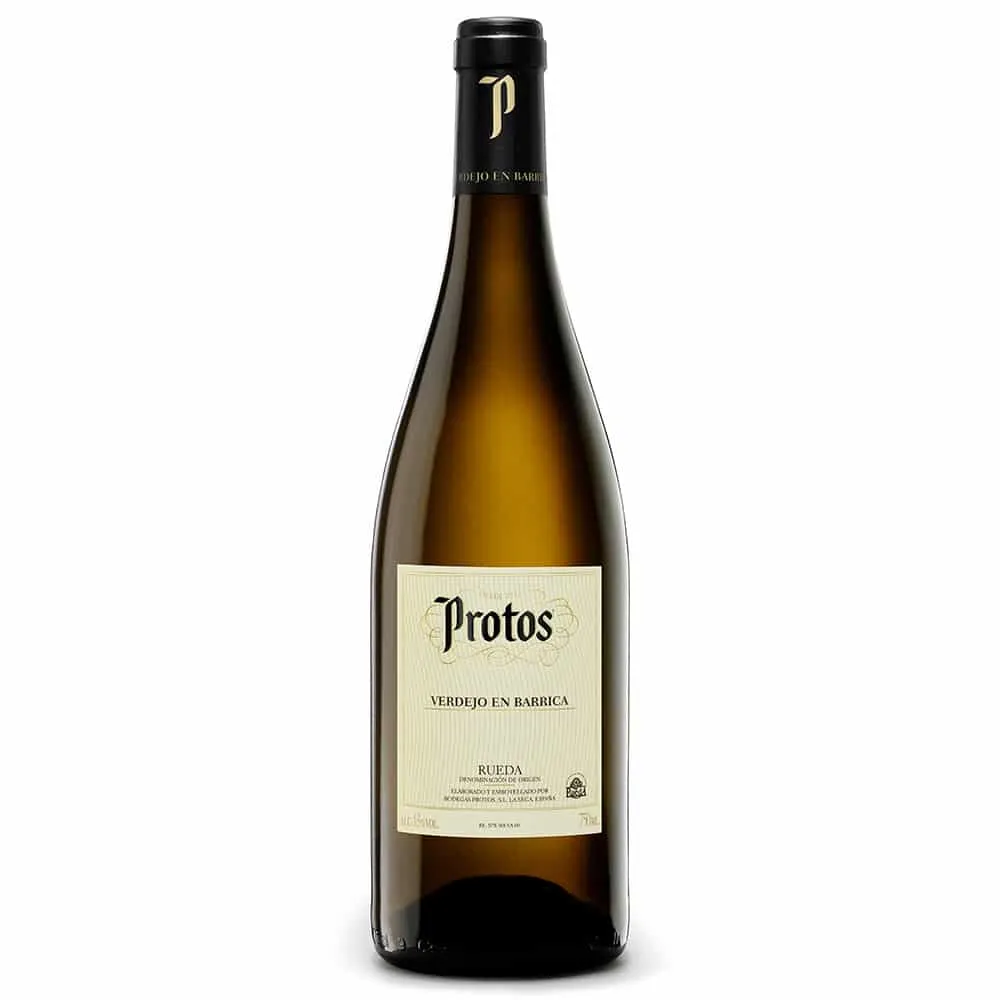
Single-vineyard, pre-phylloxera reds
If we want to highlight Verdejo wines from singular vineyards, we must set our eyes on the vineyards of Ossian, a winery belonging to Pago de Carraovejas.
We move to Nieva in the province of Segovia in a land of privileged soils and an extreme climate that marks the character of the ancestral and authentic verdejo.
Vineyard with sandy soils located among pine forests, key elements for the phylloxera plague of the late 19th century to barely affect the Nieva vineyard: the larvae of the insect cannot thrive in the sandy texture.
Thanks to this natural defence, today we find here ungrafted vines, that is, vines that predate phylloxera.
These characteristics of the vineyard as well as a demanding climate, with great contrasts in temperature, snow in winter and drought in summer that generates hydric stress to the vines. All these characteristics further condition the marked varietal character of these Verdejo wines.

6. Ossian quintaluna
A young Verdejo representative of an area. The maximum expression of the ancestral Verdejo from Segovia
Greenjo wines outside Rueda
As we have mentioned before, Verdejo grapes are increasingly present all over Spain, being Castilla La Mancha and Extremadura the regions with the largest extension of vineyards, and since 2010 they are even planted in Australia.
Variety that acclimatizes very well to high areas, flat vineyards, cold winters and hot and dry summers, so mainly the Iberian plateau shows the perfect conditions for its plantation.
However, today we recommend you something different, a Verdejo from Cataluña made with the charmat method, which gives this wine a sparkling point.
This method is used to obtain sparkling wines and consists of carrying out a second fermentation in stainless steel tanks, replacing the bottle with stainless steel vats for the fermentation of the wine.

7. Blanc Pescador Verdejo de Aguja
A naturally fermented sparkling wine that hits the palate with all the aromas and fruit of the trendy variety. Its very fine point of needle embroiders its charisma.
A Verdejo from Rueda with its eyes set on Italy
Frizzante wines have become very fashionable in recent years. And it is a very refreshing proposal for the summer.
Frizzantes are characterised by having some "needle", i.e. traces of carbon dioxide. This is due to the fact that the wine is fermented at low temperature and the gas does not dissolve as it happens in the rest of the wines (the so-called "still" wines) but some carbonic remains.
Sparkling wines also have carbon dioxide like frizzante wines but they are very different in the way this carbon dioxide is generated. Sparkling wines made by the traditional method have carbon dioxide because they come from a bottle fermentation and a minimum ageing of nine months on the lees that have carried out the fermentation.
Frizzantes are characterised by being very fresh with a residual acidity and sugar level that is ideal for these hot seasons, and they usually have a lower alcohol content than other wines, between 5 and 10 degrees normally.
8. Bornos frizzante
Bornos Frizzante is a Verdejo white wine with D.O. Rueda produced by Bodegas Palacio de Bornos with a low alcohol content of 5.5° coupled with a carbonic point, which with a low temperature service makes it perfect for those hot summer evenings with friends.
Do you already know which white wine you're going to drink these hot afternoons ahead of us?
We hope you liked the article and don't forget to comment on our social networks and share it with other wine lovers!

